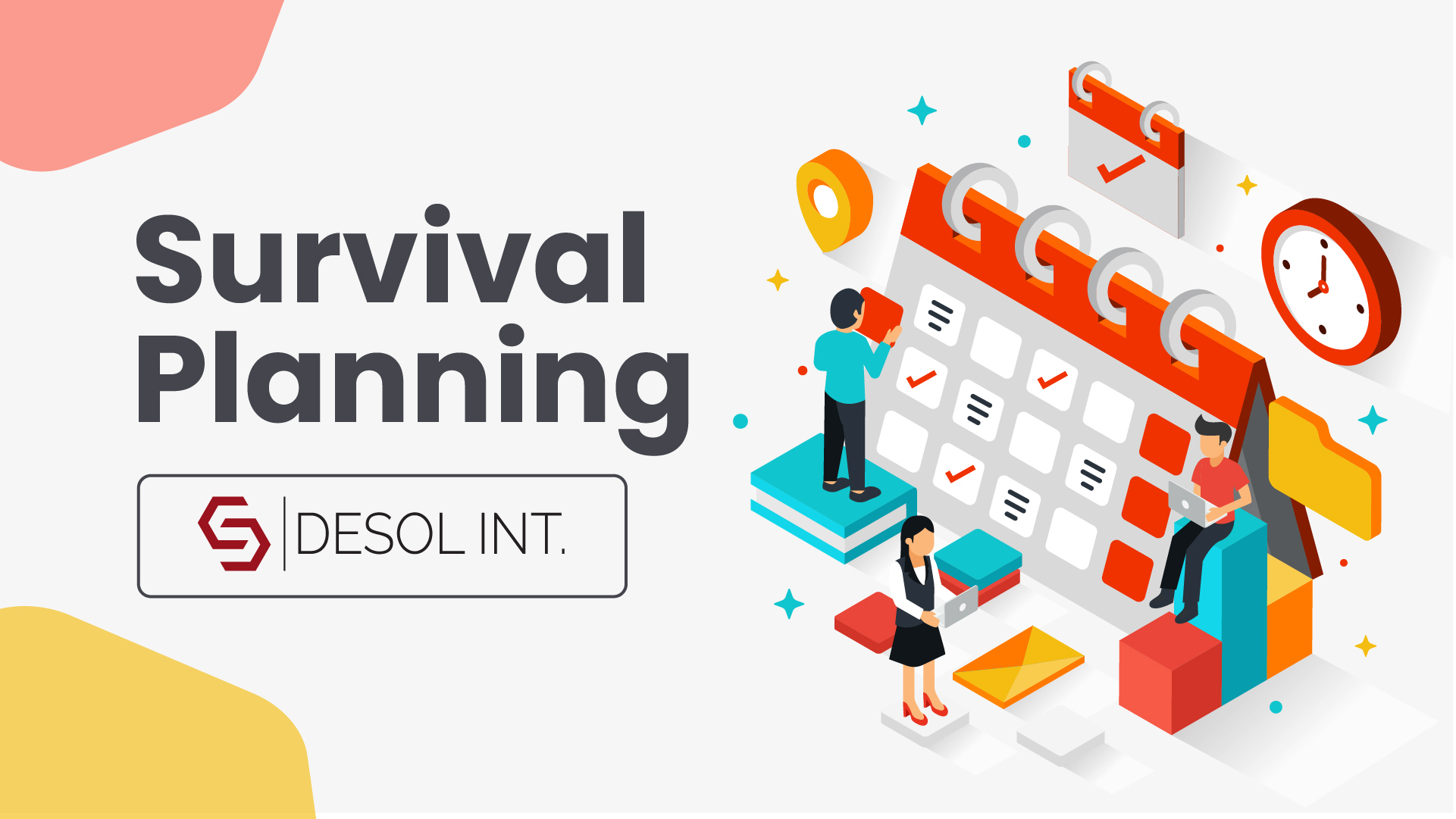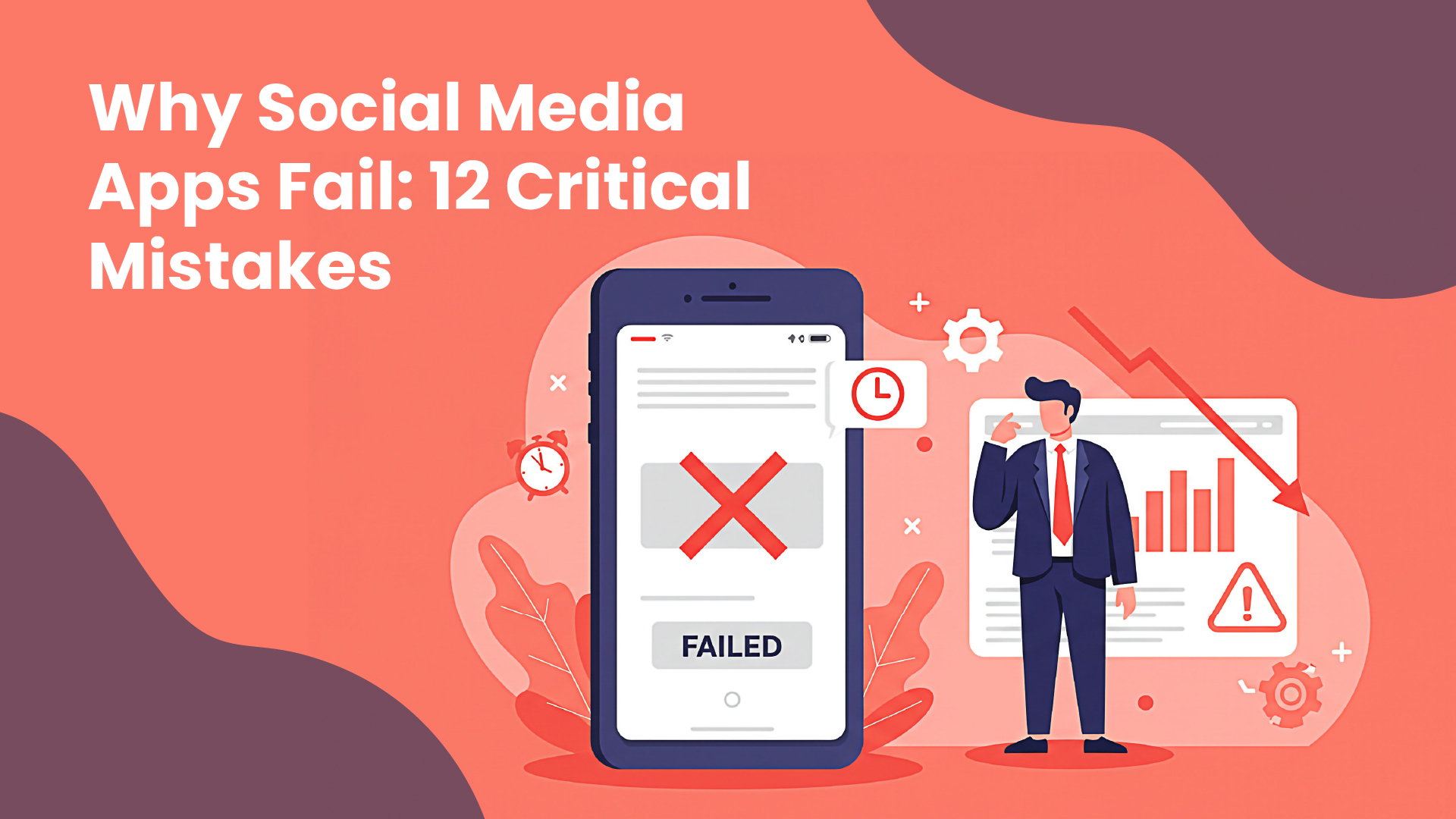Remember Vine? What about Google+? Or that app everyone was obsessed with for three weeks before it vanished into digital oblivion?
Here’s the thing nobody talks about: building a social media app isn’t just hard—it’s borderline impossible. I’ve been deep in this world for eight years, watching brilliant teams with millions in funding crash and burn while some random app built in a garage somehow takes off.
The numbers in 2025 are absolutely savage. We’re talking about a market with 5.24 billion users worldwide, 63.9% of the global population using social media. Sounds like plenty of room, right? Wrong. Facebook alone has 3.07 billion monthly users, while YouTube has 2.5 billion; the competition for attention is more brutal than ever.
Here’s what I’ve learned from being in the trenches: most failures aren’t bad luck. They’re the same predictable mistakes, over and over again.
The 2025 Reality: It’s a Digital Hunger Games Out There
Let’s get brutally honest about what we’re dealing with:
- 95% of social media startups fail within their first two years
- $2.3 billion vanished into failed platforms in 2023 alone
- 73% of social apps lose 80% of their users within the first 90 days
- Only 0.5% ever turn a sustainable profit
- Threads hit 100 million users in 5 days, then watched daily active users crater immediately after
That Threads example? That’s the perfect case study of how brutal this market is. Even Meta, with infinite resources and Instagram’s entire user base to pull from, couldn’t maintain engagement once the novelty wore off.
The 12 Ways Social Apps Actually Die in 2025

1. Nobody Knows Why They Should Care
Instagram already exists—why should I download your app?
That’s the question killing most social apps before they even start. I can’t tell you how many founders pitch me with “It’s like TikTok, but for professionals” or “Think Instagram meets LinkedIn.”
Path learned this the hard way with $77 million in funding. Their pitch? “Intimate sharing with just 50 friends.” It sounded innovative until users asked, “Why do I want fewer friends online?”
What actually works in 2025: Nail your value in one sentence. Not a paragraph about features. One sentence that makes someone stop scrolling and think, “Oh, I actually need that.”
2. The Ghost Town Problem
Social media has this cruel catch-22: your app is only useful when people are already using it. It’s exactly like trying to start a party in an empty room.
With 5.24 billion people already on established platforms, convincing someone to join your empty app feels impossible. I worked with a networking app that launched with a beautiful global design and solid features, but new users would join, see zero activity, and bounce immediately.
The 2025 solution: Start microscopic. One dorm floor. One company department. One hobby community. Get that tiny space buzzing with activity before expanding anywhere else.
3. Your App Feels Like It’s from 2019
Users in 2025 expect TikTok-level polish from day one. We’re all spoiled by apps that feel impossibly smooth.
Quick killers:
- Loading takes more than 2 seconds (users bail at 3 seconds)
- Can’t figure out core features in 10 seconds
- Onboarding feels like homework
Reality check: If your own team doesn’t naturally use the app daily, that tells you everything.
4. The Content Moderation Nightmare
Every founder thinks, “We’ll handle bad content later.” Later arrives immediately, and it’s expensive as hell.
Yik Yak exploded on college campuses with anonymous posting, then imploded when cyberbullying and threats took over. Universities banned it faster than they could respond.
2025 budget reality: Allocate 20-25% of your total costs to content moderation. With AI tools and human oversight, it’s still not optional—it’s survival.
5. Building What You Think People Want
Here’s where I screwed up early: we built an elaborate post-scheduling feature because users kept requesting it in surveys. Launched it proudly only 3% actually used it.
People don’t know what they want until they see it working.
A better approach is to monitor user behavior rather than rely on user surveys.
6. Growing Too Fast Before You’re Ready
This sounds counterintuitive, but rapid growth can be detrimental. If your app isn’t sticky yet—if people aren’t naturally returning—then burning money on user acquisition is just expensive user education for your competitors.
Threads hit 100 million users in 5 days, but couldn’t keep them engaged. Within months, most had returned to Twitter/X and Instagram.
The 2025 test: If monthly active users drop while new signups rise, you’re in trouble.
7. Running Out of Cash at the Worst Possible Moment
Social apps devour money. User acquisition, infrastructure scaling, content moderation, feature development—it adds up faster than you think.
Current funding reality: You need $1-3 million minimum for 18-24 months of runway. Anything less is playing with fire.
8. Treating Technology Like It’s More Important Than Community
Discord gets this perfectly. They didn’t just build chat software—they built tools that helped gaming communities thrive. They hired community managers, created spaces for shared interests, and made people feel genuinely connected.
Most founders code features. Winners build communities.
9. No Real Plan to Make Money
“We’ll figure out monetization later” kills more apps than destructive code.
Common 2025 mistakes:
- Flooding the app with ads immediately (destroys user experience)
- Charging subscriptions without proving value first
- Sketchy data practices (users actually care about Privacy now)
10. Trying to Out-Facebook Facebook
Facebook has 3.07 billion monthly users and unlimited money. You’re not going to beat them at their own game.
Winners find what big platforms do poorly:
- LinkedIn is a professional networking
- Snapchat owns disappearing content
- TikTok owns short-form discovery algorithms
- BeReal owned authentic, unfiltered sharing
Find your specific lane. Then dominate it completely.
11. Your App Crashes Right When It Matters
Nothing kills viral momentum faster than servers crashing during your big moment. Social apps are technically complex—one post might need to appear instantly for thousands of people.
Infrastructure reality: Budget for auto-scaling cloud infrastructure from day one. AWS, Google Cloud, whatever—just make sure it can handle sudden traffic spikes.
12. Ignoring Privacy in the Post-Cambridge Analytica World
Users actually read privacy policies now. Apps that feel sketchy about data get destroyed in reviews and face regulatory nightmares.
Simple 2025 rule: Collect only essential data, be transparent about usage, let users control everything.
What the 2025 Winners Actually Do Differently
TikTok cracked the algorithm game; instead of making you follow people, they just showed you stuff you’d love.
Discord found underserved gaming communities and built exactly what they needed.
BeReal (before corporate takeover) solved fake social media with forced authenticity.
Notice: none tried to be everything to everyone.
Your Actual 2025 Survival Plan

Pre-Launch (Months 1-6):
- Test your core value with 100+ real potential users (not friends/family)
- Build the simplest version that proves your main point
- Set up content moderation infrastructure immediately
- Find your first 10 super-users who’ll evangelize
Launch Phase (Months 6-12):
- Start with one hyper-focused community
- Monitor engagement metrics daily (time spent, return visits, sharing)
- Iterate based on actual user behavior
- Make early adopters feel special and heard
Growth Phase (Year 2+):
- Expand only after proving real stickiness
- Implement monetization that enhances rather than disrupts
- Scale moderation and community management
- Double down on your unique differentiator
The Bottom Line for 2025
With 5.24 billion people on social media, your app needs to be 10x better at something specific, not 10% better at everything.
Most social apps die because founders chase features instead of communities. They want viral growth instead of genuine daily usage.
After nearly a decade of watching this space, start small, solve a real problem for real people, and make those people absolutely love using your app daily.
The social media graveyard is packed with apps that tried to be the next Facebook. The survivors carved out their own unique territory and defended it fiercely.
Ready to Build User Flows That Keep Users Hooked?
Don’t let your app join the 77% that lose users in 3 days. The experts at Desol Int. specialize in creating user flows that drive engagement and conversions.
Get Your User Flow Audit → | View Our Portfolio →
Turn confusing apps into user magnets. Let’s design flows that convert
FAQ
How quickly will social apps fail in 2025?
Most show clear failure signals within 90 days. If people aren’t returning regularly after 30 days, you’re likely finished.
What’s the minimum viable budget now?
$1-3 million minimum for a real shot. Social apps require massive upfront investment in user acquisition and infrastructure.
Can you still bootstrap a social app?
Technically possible but extremely rare. The network effect typically demands substantial initial capital investment.
